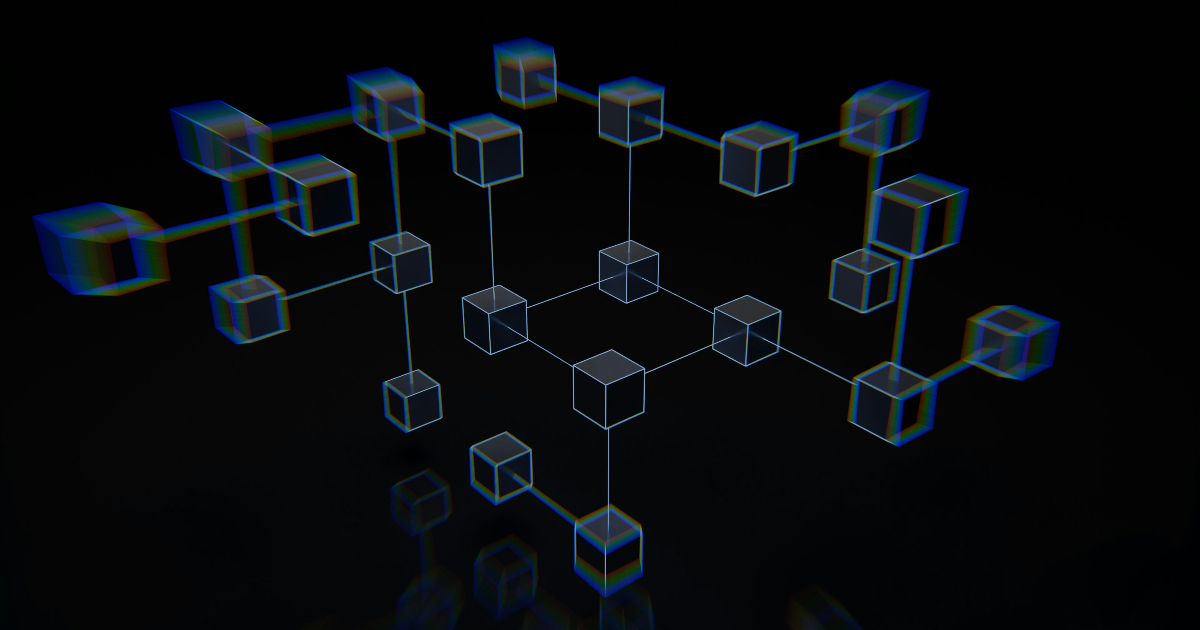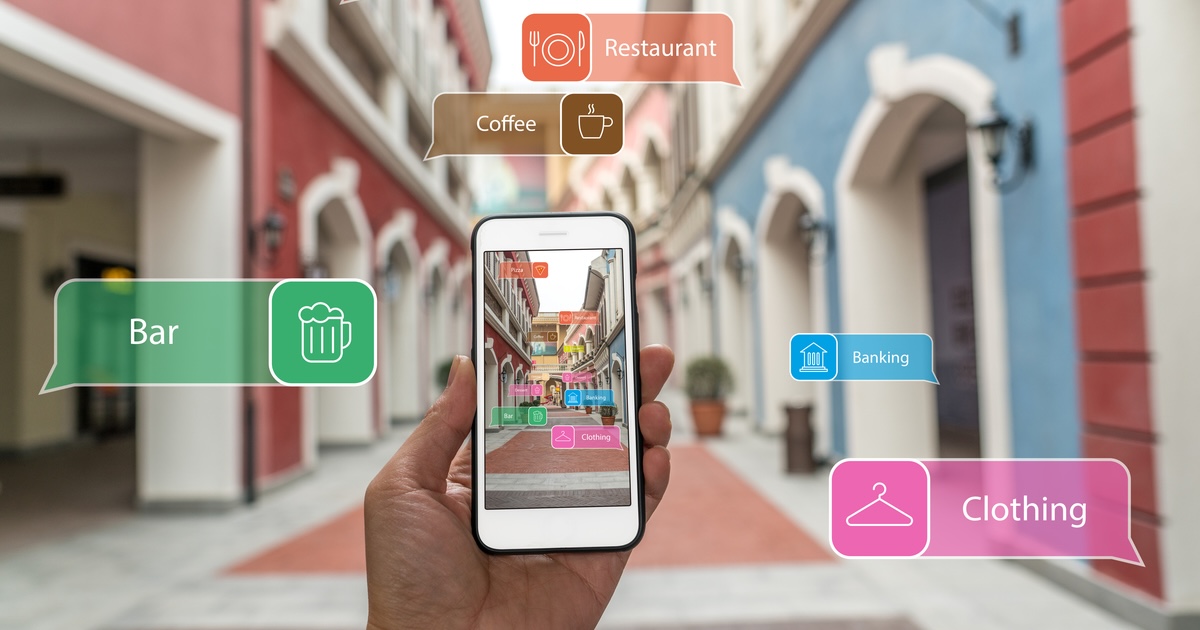Codetown
Codetown ::: a software developer's community
Why Clojure?
My bud Matt Raible blogged about reading a Scala book and I mentioned Stuart Holloway's "Programming Clojure"
Good question. Eric Lavigne said a few things about Clojure that caught my attention:
"My knowledge of Groovy and Scala are very limited, but here are my impressions relative to Clojure.
Scala seems like a good programming language. Its static typing reduces its flexibility compared to Clojure, but may still be a good deal because it helps with catching errors more quickly. Scala also has been around longer than Clojure, and has used that time to develop more sophisticated libraries than are available for Clojure right now. So why is Clojure still worth learning? Scala gets much of its flexibility from having a lot of features built into the language. Clojure has a small number of language features that are carefully chosen to work well together. The result is a language that is both very flexible and very easy to learn.
One of the design goals of Groovy was to be compatible with Java code, but providing some extra features, just as C++ was designed to be compatible with C. This is a good thing if you have a lot of Java code that you want to migrate, or if you are uncomfortable with learning something new. However, Java is inflexible and overly complicated, and trying to maintain compatibility with Java prevented Groovy from being much better than Java. I quickly lost interest in Groovy so it's possible that I missed something - I would love to hear what advantages Groovy has compared to Scala or Clojure."
There's a Clojure group on the web and this spawned a discussion there entitled "Matt Raible: "Why is Clojure better than Scala or Groovy?"
Let's discuss this! There's a Clojure group... http://www.codetown.us/group/clojure Let's dip our feet in and see what all the talk is about. I'll start a discussion there. You can join in on the discussion: "Why Clojure?" in the Clojure group, where it belongs.
I am going to take another look at Eric's Clojure code that won the CodeTown Coding Contest #1 on Wari. It's a great way to see how things work from a practical perspective. The Compojure web framework is also something I want to see... Stay tuned!
Comment
-
Comment by Michael Levin on January 19, 2010 at 11:32am
-
What are some examples where Clojure has fewer issues, Jackie?
-
Comment by Jackie Gleason on January 19, 2010 at 11:18am
-
I love Groovy but Clojure does seem to give you a lot of the simplicity with less byte code issues (although scala seems pretty good here). For now, however, I will continue using Groovy :-)
Notes
Welcome to Codetown!
 Codetown is a social network. It's got blogs, forums, groups, personal pages and more! You might think of Codetown as a funky camper van with lots of compartments for your stuff and a great multimedia system, too! Best of all, Codetown has room for all of your friends.
Codetown is a social network. It's got blogs, forums, groups, personal pages and more! You might think of Codetown as a funky camper van with lots of compartments for your stuff and a great multimedia system, too! Best of all, Codetown has room for all of your friends.
Created by Michael Levin Dec 18, 2008 at 6:56pm. Last updated by Michael Levin May 4, 2018.
Looking for Jobs or Staff?
Check out the Codetown Jobs group.
InfoQ Reading List
AWS and Google Cloud Preview Secure Multicloud Networking

In a surprising move, AWS and Google Cloud have recently partnered to simplify multicloud networking, introducing a common standard and leveraging "AWS Interconnect - Multicloud" and "Google Cloud's Cross-Cloud Interconnect". The new option makes it easier for organizations to manage and secure workloads across both clouds, with Azure expected to join in 2026.
By Renato LosioOrion: New Zero-Telemetry, Zero-Ad, AI-Proof Browser for Privacy-Focused Users

Kagi has released Orion 1.0, a web browser that features privacy by default, zero telemetry, and no integrated ad-tracking technology. Orion supports both Chrome and Firefox extensions and intentionally excludes AI from its core to prioritize security, privacy, and performance. Orion targets macOS and iOS, with upcoming Linux and Windows versions. Orion is based on WebKit.
By Bruno CouriolCactus v1: Cross-Platform LLM Inference on Mobile with Zero Latency and Full Privacy

Cactus, a Y Combinator-backed startup, enables local AI inference to mobile phones, wearables, and other low-power devices through cross-platform, energy-efficient kernels and a native runtime. It delivers sub-50ms time-to-first-token for on-device inference, eliminates network latency, and defaults to complete privacy.
By Sergio De SimonePresentation: Ecologies and Economics of Language AI in Practice

Jade Abbott discusses the shift from massive, resource-heavy models to "Little LMs" that prioritize efficiency and cultural sustainability. She explains how techniques like LoRA, quantization, and GRPO allow for high performance with less compute. By sharing the "Ubuntu Punk" philosophy, she shares how to move beyond extractive data practices toward human-centric, sustainable AI systems.
By Jade AbbottPython Workers Redux: Wasm Snapshots and Native uv Tooling

Cloudflare's latest advancements in Python Workers revolutionize serverless performance with near-instant cold starts, expanded package compatibility, and streamlined workflows via the uv package manager. By leveraging memory snapshots and WebAssembly, Cloudflare drastically reduces startup times, making Python a prime choice for AI and data science applications.
By Steef-Jan Wiggers
© 2025 Created by Michael Levin.
Powered by
![]()
You need to be a member of Codetown to add comments!
Join Codetown